Discovery likely to be first of a previously unknown class of particles, researchers say.
Get the latest international news and world events from around the world.
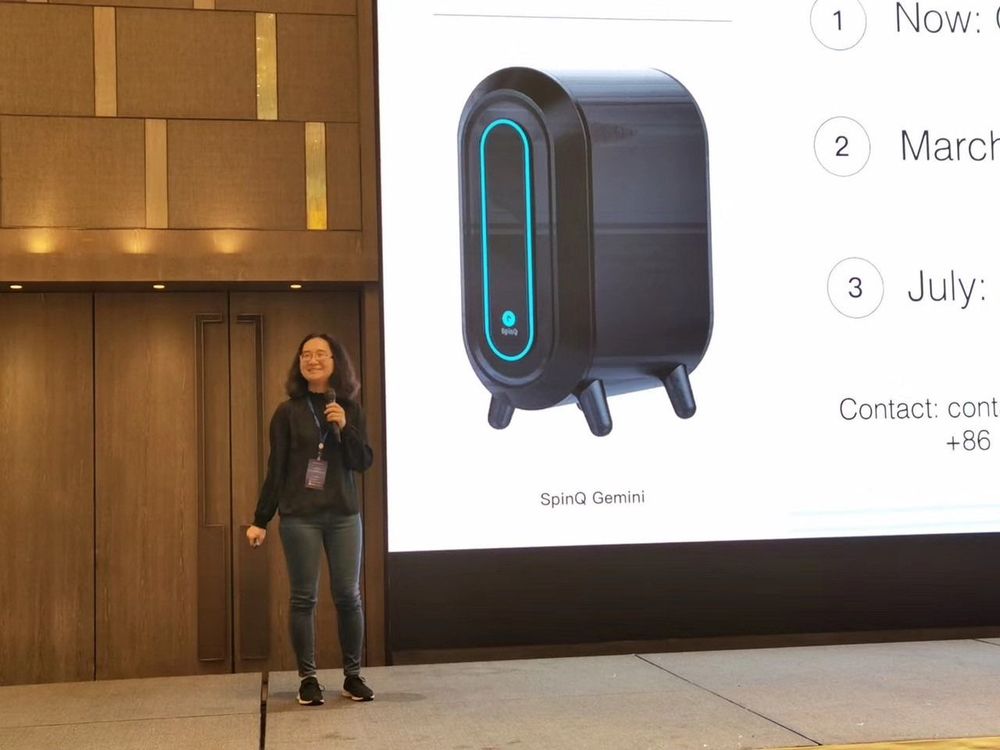
Scientists Fire Up a Commercially Available Desktop Quantum Computer
Scientists suggest a desktop quantum computer based on nuclear magnetic resonance (NMR) could soon be on its way to a classroom near you. Although the device might not be suited to handle large quantum applications, the makers say it could help students learn about quantum computing.
SpinQ Chief Scientist Prof. Bei Zeng from University of Guelph, announced the SpinQ Gemini, a two-qubit desktop quantum computer, at the industry session of the Quantum Information Processing (QIP2020) conference, which is held recently in Shenzhen, China. It is the first time that a desktop quantum computer is commercially available, according to the researchers.
SpinQ Gemini is built by the state-of-the-art technology of permanent magnets, providing 1T magnetic field, running at room temperature, and maintenance free. It demonstrates quantum algorithms such as Deutsch’s algorithm and Grover’s algorithm for teaching quantum computing to university and high school students, also provides advanced models for quantum circuit design and control sequence design for researchers.
Physicists Have Observed Light Flowing Like a River, And It’s Beautiful
Picture in your mind the delta of a river — the way the main channel splits into smaller rivulets and tributaries. Something similar occurs in waves as they propagate through a certain kind of medium: the path of the wave splits, breaking up into smaller channels like the branches of a tree.
This is called a branching flow, and it’s been observed in such phenomena as the flow of electrons (electric current), ocean waves, and sound waves. Now, for the first time, physicists have observed it in visible light — and all it took was a laser and a soap bubble.
Depending on the structure of the medium, different things can happen to waves travelling through; they can attenuate, disperse, bend, spread, or continue flowing.
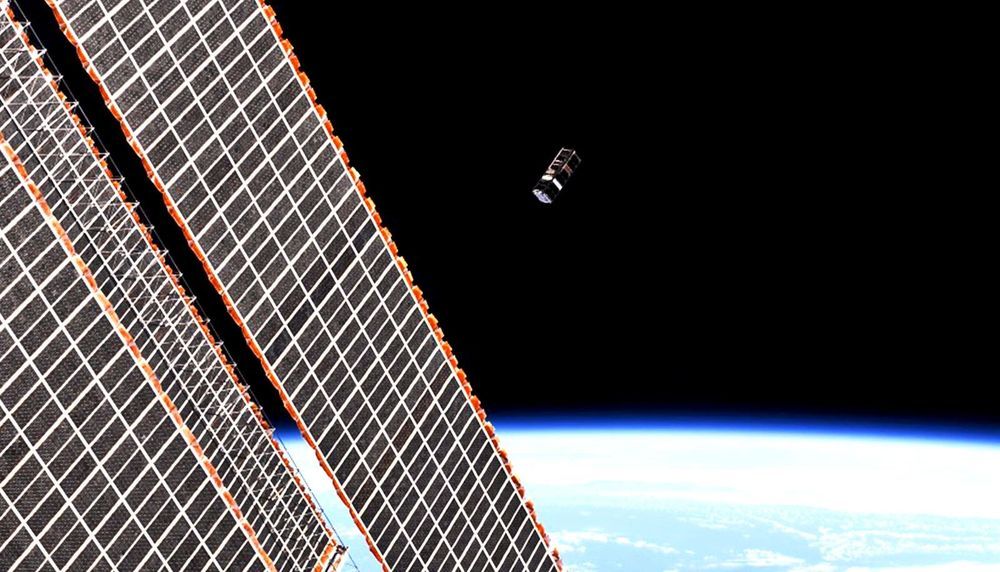
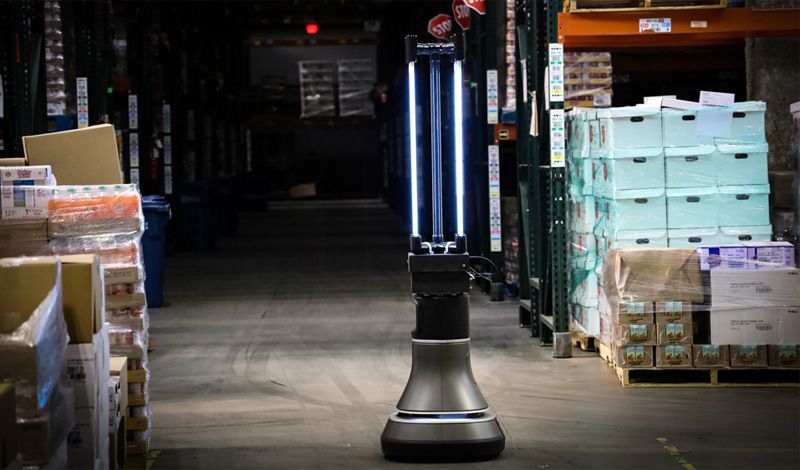
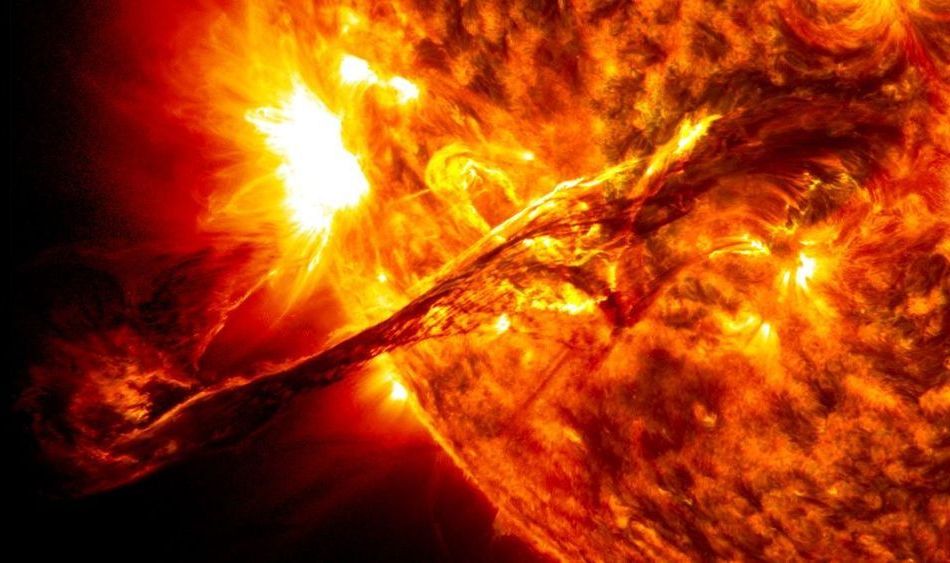
Calculating the speed of coronal mass ejections could avoid unneeded satellite shutdown
Satellite operators could be doing more harm than good by shutting down their systems whenever a coronal mass ejection (CME) from the Sun is forecast to arrive at Earth, UK researchers have suggested. Mathew Owens, Mike Lockwood and Luke Barnard at the University of Reading show that the speeds and magnetic field intensities of the bursts could be just as important to consider as their arrival times when deciding when to turn satellite systems off. If applied, their ideas could significantly improve the efficiency of many satellite operations.
Originating from the Sun’s dynamic surface, CMEs are high energy bursts of plasma that travel through interplanetary space, accompanied by strong magnetic fields. When they interact with Earth’s atmosphere, they can trigger solar storms that cause severe damage to satellite systems if they are operating at the time. To predict these disruptions, astronomers measure the speed at which CMEs travel through space to make accurate forecasts of when they will arrive at Earth.
Currently, many satellite operators adopt a “better safe than sorry” approach when responding to these forecasts. Whenever a CME is predicted to arrive, they will completely shut down their systems to avoid any damage. However, the Reading trio argue that these current early warning systems do not account for a simple yet crucial fact: while all solar storms are triggered by CMEs, not all CMEs cause in damaging events.
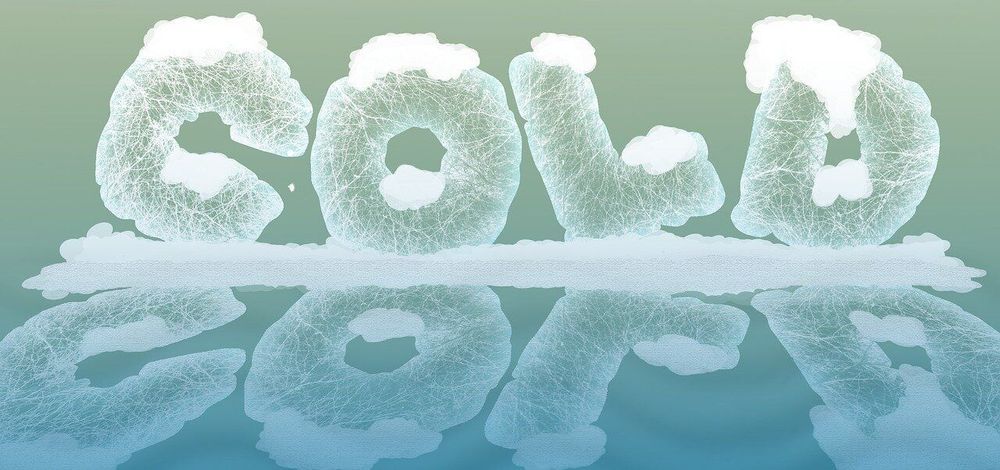
Quantum fridge works by superposing the order of events
Ever tried defrosting your dinner by popping it in one identical freezer after another? Strange as it sounds, recent studies of indefinite causal order—in which different orders of events are quantum superposed—suggest this could actually work for quantum systems. Researchers at the University of Oxford show how the phenomenon can be put to use in a type of quantum refrigeration.
Princeton Researchers Use AI To Create Radar That Sees Around Corners
Tesla provided the first clues that radar could be trained to do more than just detect objects straight ahead. After the death of Joshua Brown on a Florida highway in 2016, Tesla tore up the Autopilot software created by MobilEye and pivoted from a camera-based to a radar-based system. In the process, it learned how to bounce radar signals under the car directly ahead to “see” what the next car in line was doing. That way, if a truck or SUV is blocking the view of the road ahead, a Tesla with the updated system could still detect if a car further up the road slowed or braked unexpectedly and take appropriate action.
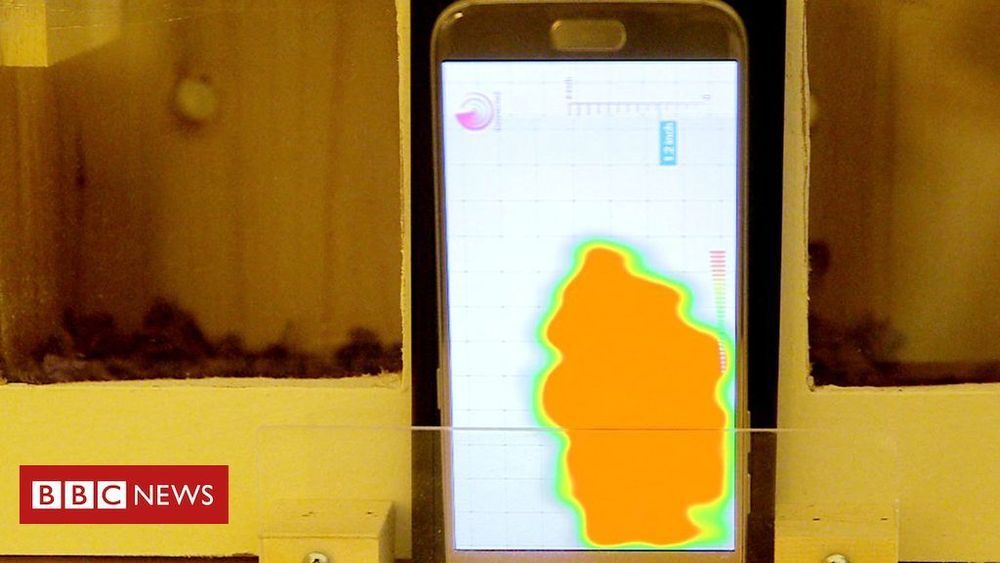
Hyundai introduces a car that can climb walls
Hyundai unveiled the first look of a vehicle with robotic legs that will let it walk or crawl over treacherous terrain.
Hyundai Elevate can roll along on extended legs or retract them to be driven like a car. Extended legs could also be used to climb or crawl while keeping the passenger compartment level.
Watch the video to know more.